Subfamily Caesalpinioideae Rank Species | ||
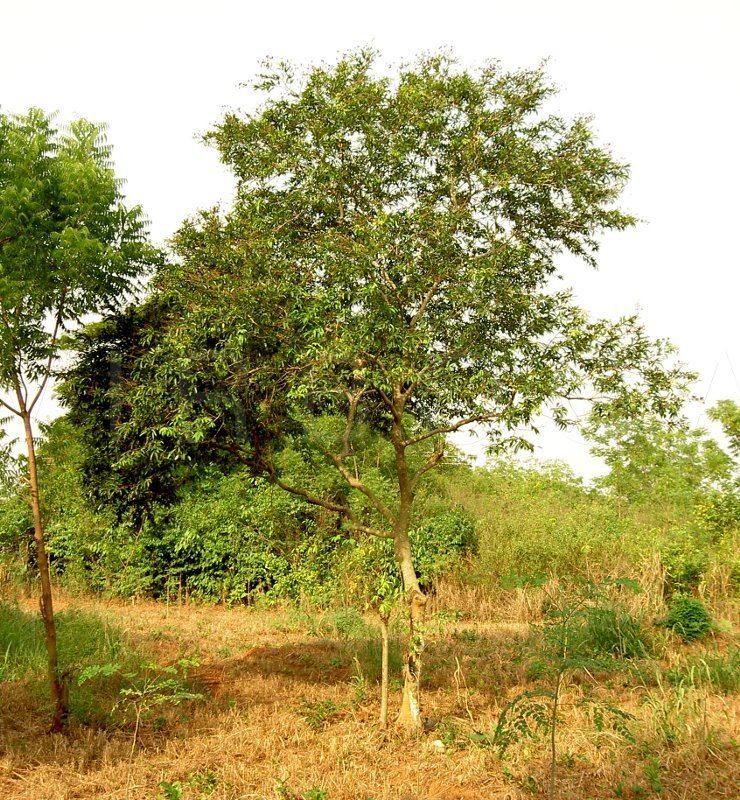 | ||
Similar Dialium, Dialium cochinchinense, Detarium, Dialium indum, Uvaria chamae | ||
Dialium guineense, velvet tamarind, is a tall, tropical, fruit-bearing tree. It belongs to the Leguminosae family, and has small, typically grape-sized edible fruits with brown hard inedible shells.
Contents
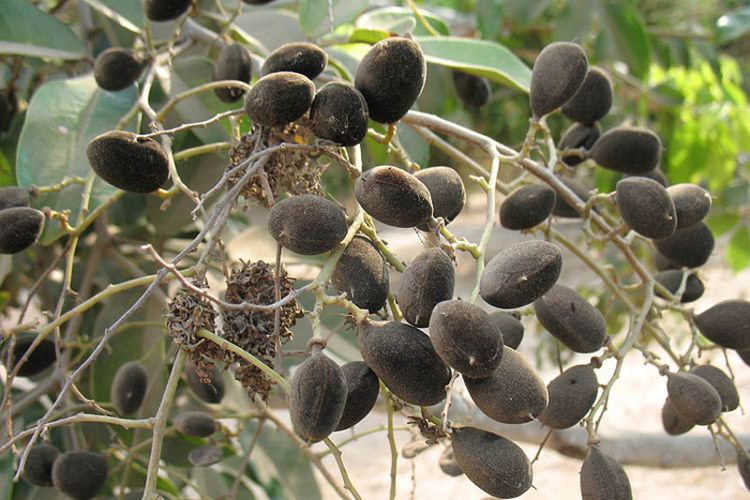
Distribution
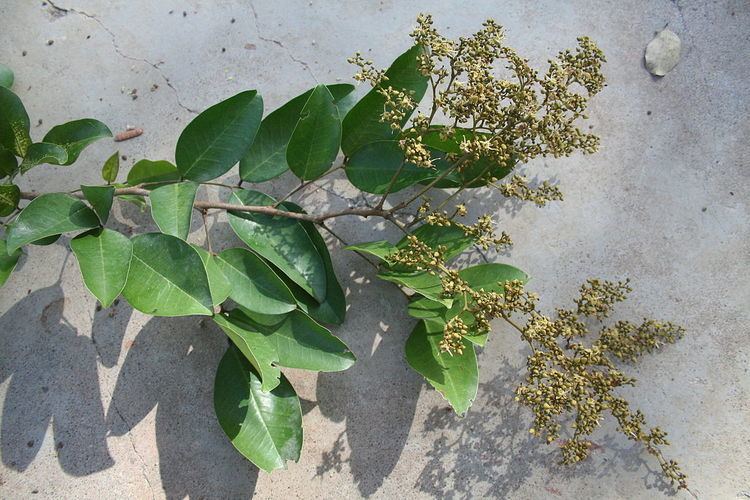
It grows in dense forests in Africa along the southern edge of the Sahel. In Togo it is called atchethewh.
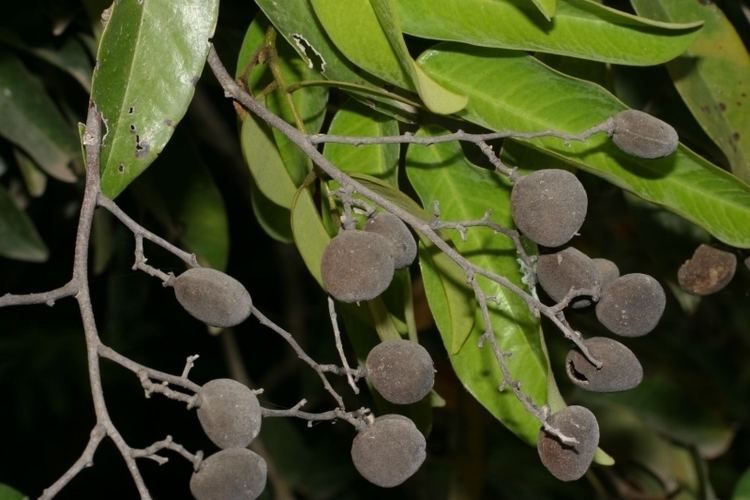
The velvet tamarind can be found in West African countries such as Ghana where it is known as Yoyi, Sierra Leone, Senegal, Guinea-Bissau where because of its texture is called "Veludo", Portuguese for velvet, and Nigeria where it is known as Awin in Yoruba, Icheku in Igbo and Tsamiyar kurm in Hausa.
Uses
The bark and leaves have medicinal properties and are used against several diseases.
Fruit
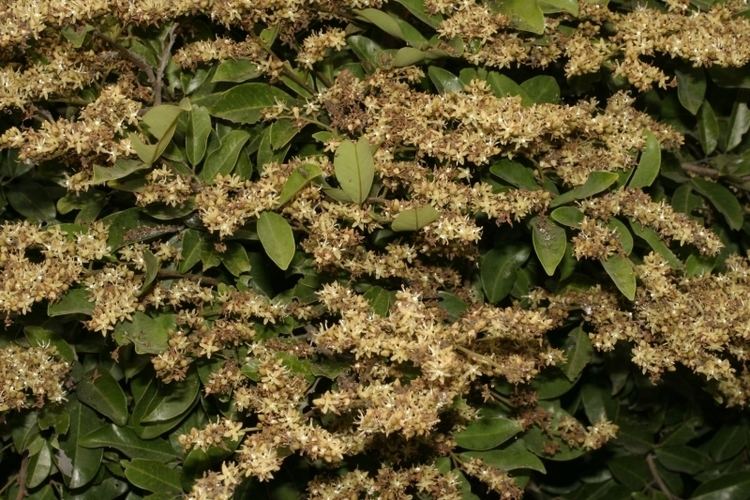
Each fruit typically has one hard, flat, round, brown seed, typically 7-8 millimeters across and 3 millimeters thick. The seed somewhat resembles a watermelon seed (Citrullus lanatus). Some have two seeds. The seeds are shiny, coated with a thin layer of starch.
The pulp is edible and may be eaten raw or soaked in water and consumed as a beverage. The bitter leaves are ingredients in a Ghanaian dish called domoda.
Timber
Wood is hard and heavy and used for construction. The wood is also used for firewood and charcoal production
